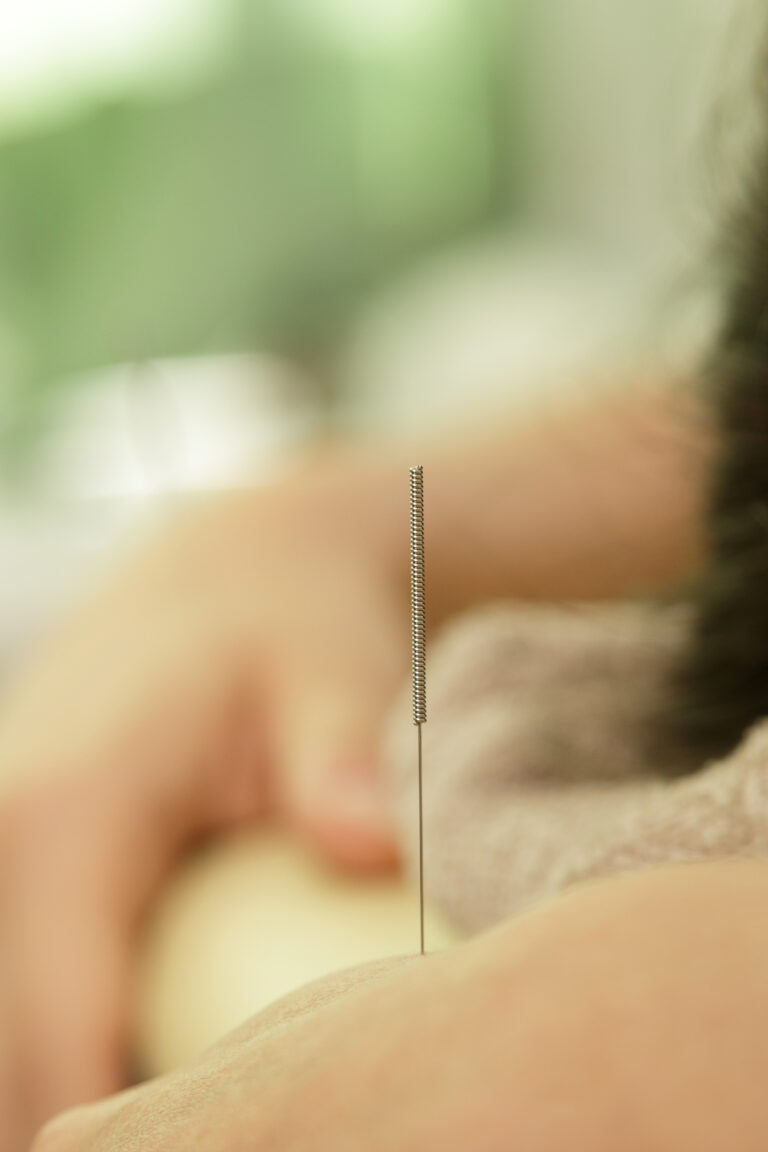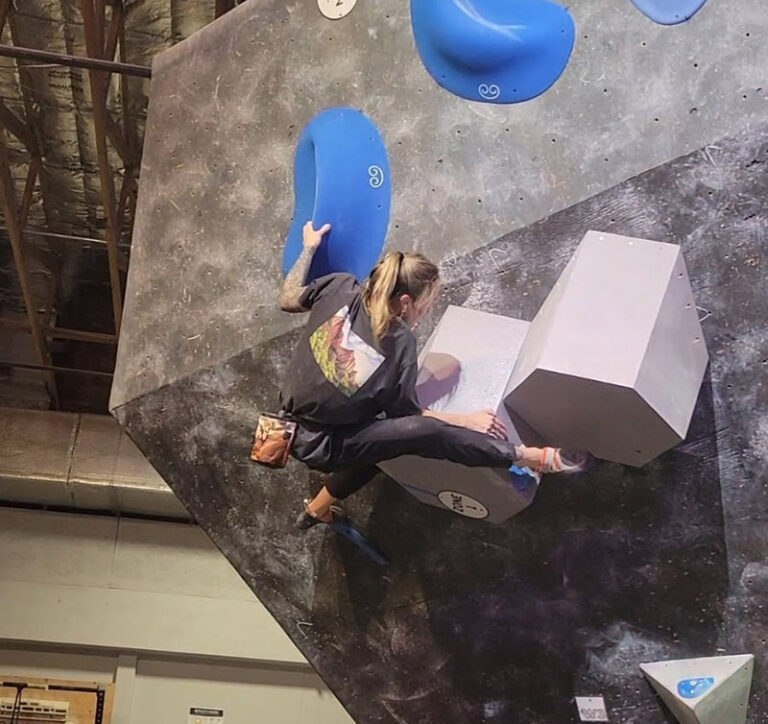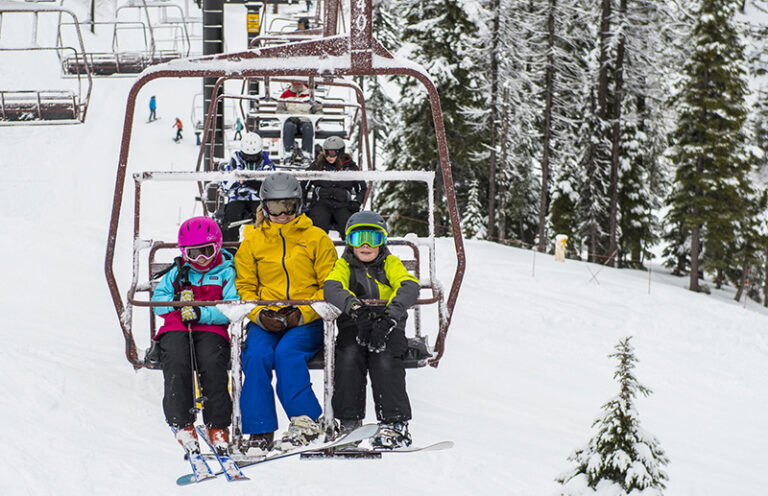This is the time of year when we’re getting out there with family and friends to enjoy the cold weather, and hopefully the white stuff that makes the cold just a bit more tolerable. Given this, how should we get our kids ready for playing in the cold? Let’s talk about how to weatherize those not-just-little-adults for enjoying the cold and snow, whether it’s skiing/snowboarding, sledding or just running around.
Probably the most important consideration when you’re prepping your kids for playing in the cold is they’re more susceptible to the frigid temperatures than you are because their ratio of body surface area to body mass is smaller. That said, teenagers, because of their increasing metabolism, seem to relish wearing next-to nothing in the winter; but even this has its limits and eventually they’ll find themselves needing to warm up.
The principle of layering is important—as the body is efficient at getting rid of the heat generated by working out, and at times, it can even work against keeping warm. So consider not only protecting against the cold but also wind and moisture.
Plan to dress your kids for temperatures 5-10 degrees warmer than the air temperature (this doesn’t mean you need to make them look like Randy from A Christmas Story, however). Loose layering is key, as it will not only wick away moisture and provide insulation by trapping air between the layers, but it will also allow your kiddos to shed layers if necessary. A thin inner layer of good wicking material that is snug but non-constricting (e.g., polypropylene, silk or wool), should be followed by a warmer layer (e.g., medium weight fleece or wool) that provides the majority of the insulation and warmth while wicking away moisture and/or allowing it to evaporate. The outer-most layer, or shell, should be windproof, waterproof and breathable. Ventilation, such as zippers in the armpits, is a great feature.
Use the same principles when covering their feet and hands, and consider mittens to allow fingers to share heat. And top off the cold protection with a good hat, as 30-40 percent of body heat is lost from the head.
Speaking of heads, it’s important to have the proper protection for those activities where falls are common and head injuries are a serious consideration. It’s been great to see the push to have kids of all ages (and adults as well) wear helmets when they’re snowboarding or skiing—and head protection even before I was a kid playing ice hockey. But while data suggest almost 60 percent of people on the slopes are wearing helmets (with kids being the highest use group), skiing and snowboarding still account for a significant percentage of concussions, and hockey (and football) account for the most caused by competitive sports. Girls, for unknown reasons, are more susceptible, and repeat concussions are far too common to ignore. While it’s beyond the scope of this article to go into the details of head injuries, I’ll leave it by saying that while helmets can reduce the effects of head injuries by more than 50 percent, not wearing a helmet on the slopes, on a sled or on the rink, should be a non-starter for you and your kids. And remember, there are different helmets for different sports, so make sure your athlete is donning the appropriate head protection for whatever she or he is doing.
This leads me to gear. Like any activity, the right gear goes a long way to making it more enjoyable, and in the case of kids, it’s also a safety issue. While you could argue that it gets pricey buying new stuff on a regular basis as your kids grow, you wouldn’t cheat yourself and you definitely shouldn’t cut corners on your kids’ gear—it will haunt you when they get hurt because you bought them skis they could grow into. We’re fortunate to have some great outfitters in our area who can make sure their gear fits properly for when your daredevil goes bombing down the slope leaving a trail of powder in their wake.
Finally, just a little bit here about nutrition and hydration. Stash the junk food—it’s empty calories and shouldn’t be a consideration at any time, least of all during sports when the sugar highs lead to big-time bonking. Good carbs and adequate hydration will be key to ensuring the time spent out there in the cold is also well spent.
By Bob Lutz
RESOURCES:
http://www.safekids.org/safety-basics/safety-spotlight/winter-sports-safety/
http://eloop.hubpages.com/hub/Clothing-for-Kids-Winter-Sports-Activities
http://www.childrenscolorado.org/news/pr/2010-News/winter-sports-tips.aspx
http://life.familyeducation.com/safety-gear/recreational-sports/48160.html
http://kidshealth.org/teen/food_fitness/exercise/sport_safety.html













